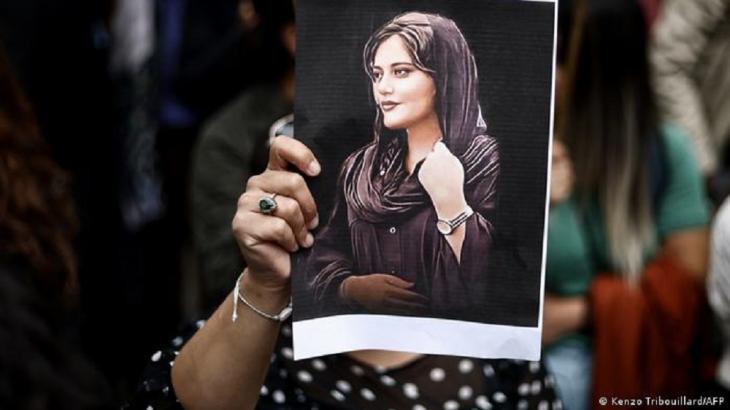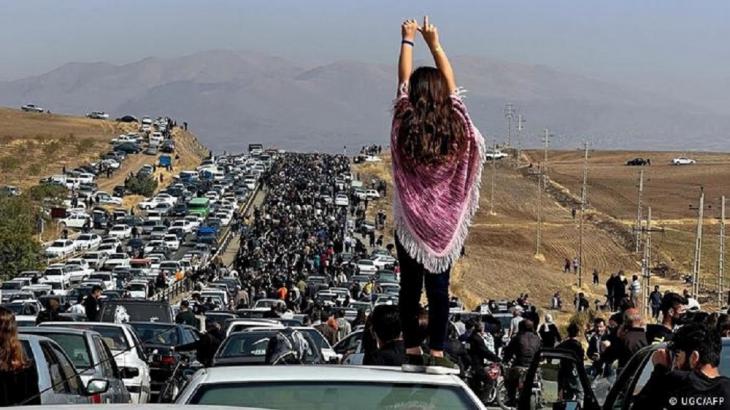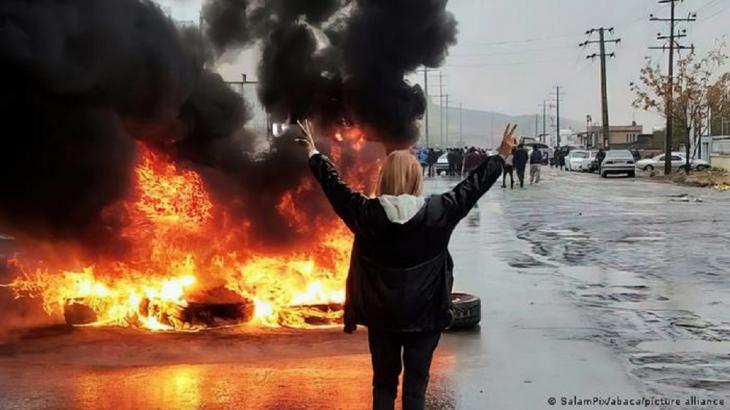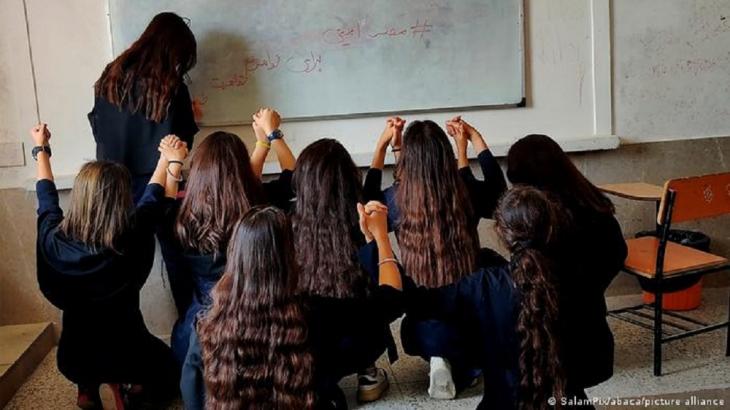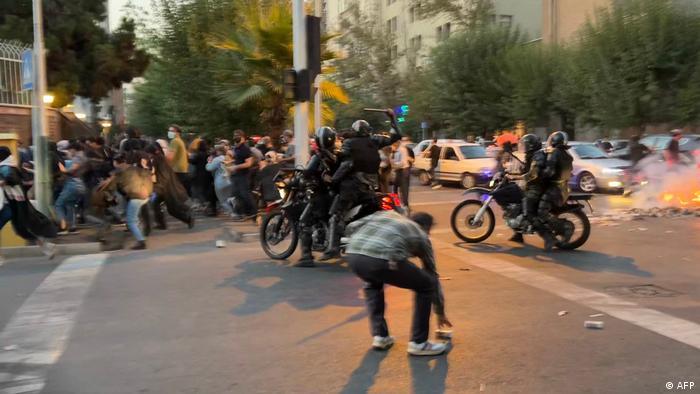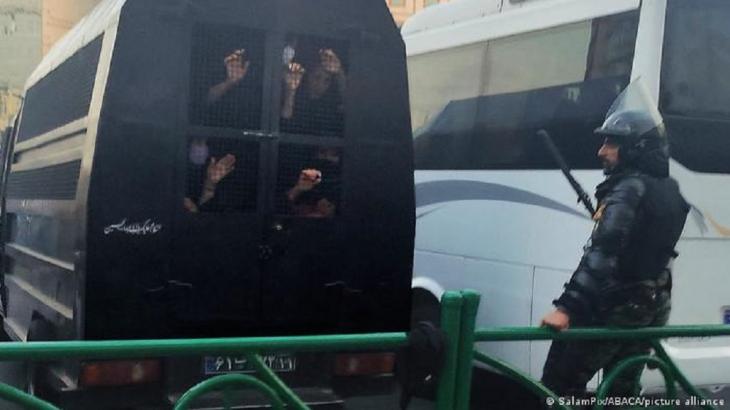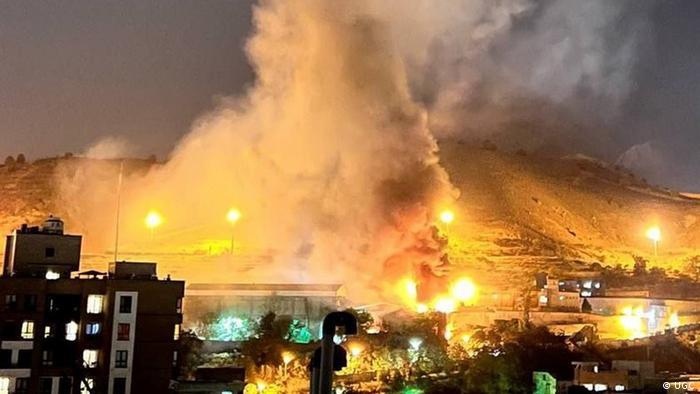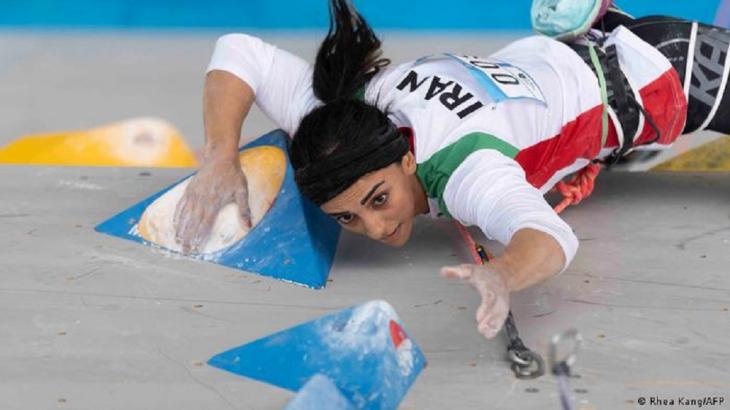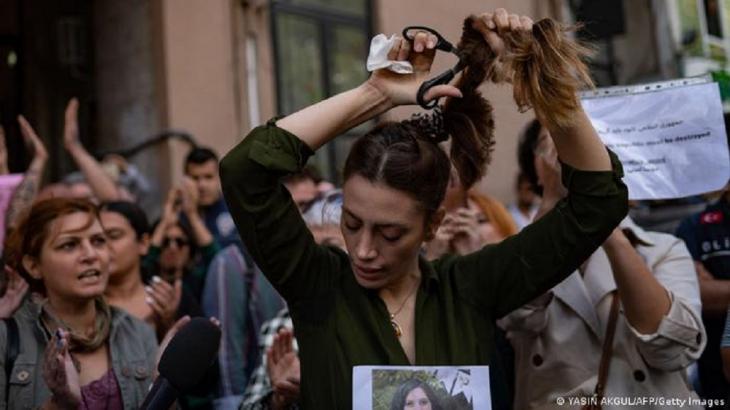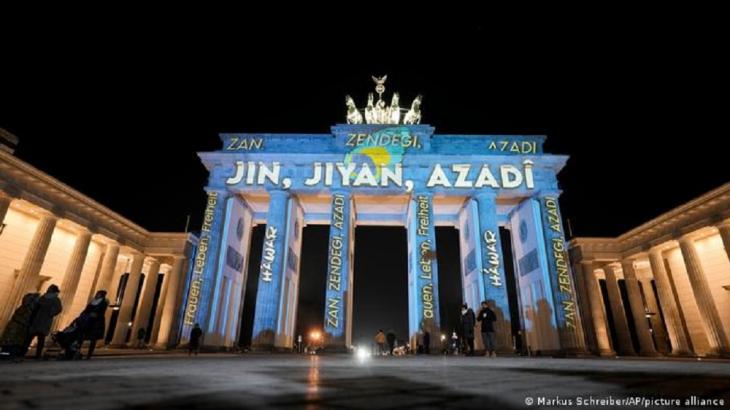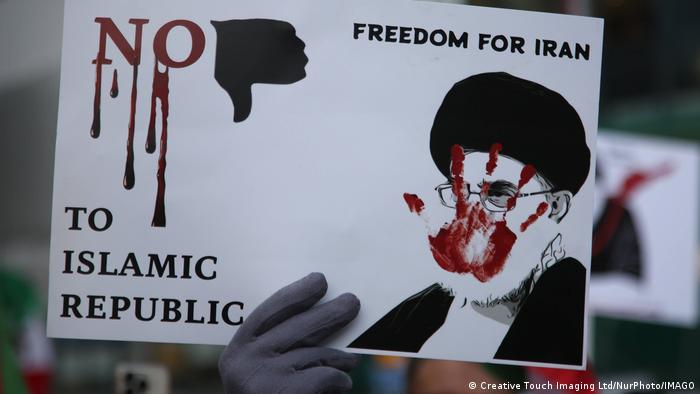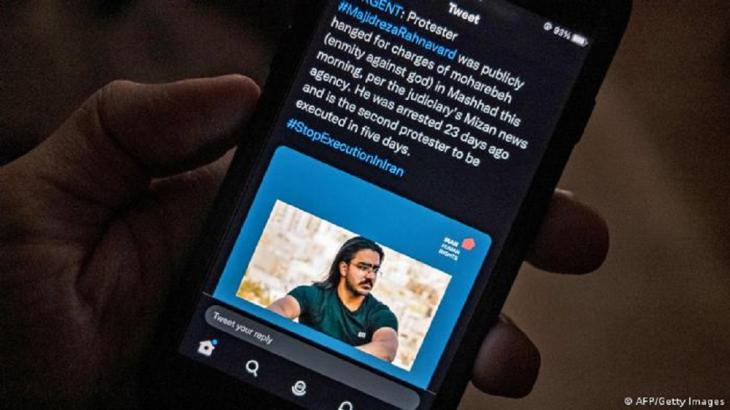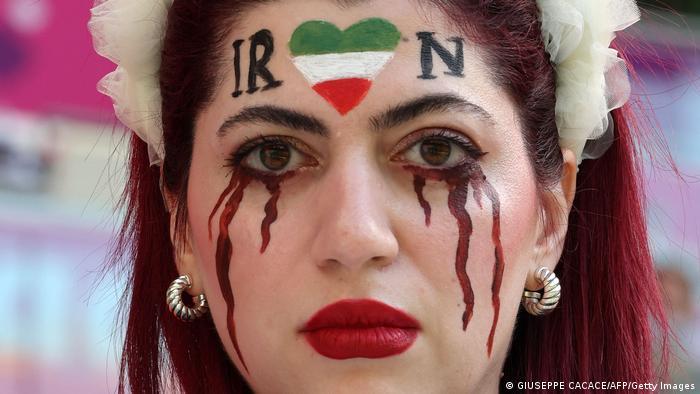Why Tehran may announce a fake voter turnout
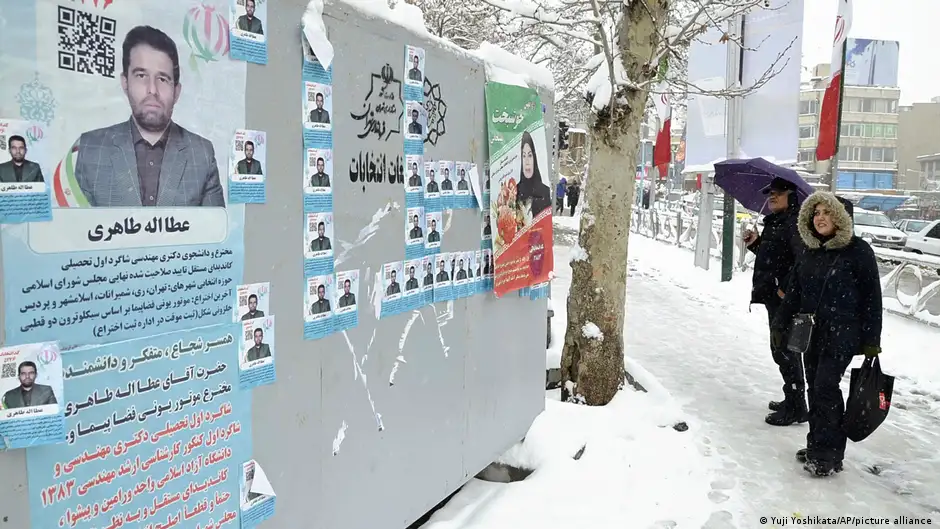
On 1 March 2024, Iran will hold a double election: for the parliament as well as for the Assembly of Experts. According to the Islamic Republic's constitution, the Assembly is entrusted with the crucial responsibility of appointing, overseeing, and, when necessary, removing the Supreme Leader.
The 88 members are elected by popular vote every eight years, after a pre-selection of candidates made by the ultra-conservative Guardian Council. This upcoming election holds particular significance as the current Supreme Leader, Ali Khamenei, is 84 years old.
In November 2023, in an interview with the reformist outlet Jamaran, Ayatollah Rahim Tavakol revealed that a committee has been formed within the present Assembly of Experts, to investigate potential candidates for the next Supreme Leader. He emphasised that the committee comprises only a very small number of experts, with its mechanism being "entirely confidential".
According to Tavakol, the committee will exclusively consult its findings and choices with Khamenei. With the upcoming elections this Friday, it is not unlikely to anticipate that the sixth Assembly of Experts will conclude the selection of potential candidates for leadership.
Meanwhile, a significant development is that Ahmad Jannati, the current 97-year-old chairman of the Assembly, has chosen not to nominate himself for the next term. This leaves a major vacancy at the core of power within the Islamic Republic during this crucial period.
Jannati is recognised as one of the influential hardliners with a close relationship with Khamenei. His absence would be regarded as a shift in the next Assembly. Nevertheless, the likelihood of witnessing a profound transformation remains low.
Potential ideological shift in the next Assembly?
The intricate dynamics of Iran's political landscape suggest that, despite Jannati's decision not to run, the continuity of certain prevailing structures and ideologies may endure within the upcoming Assembly of Experts. This is attributed to Jannati's concurrent role as chairman of the Guardian Council, a position that holds the authority to determine eligible candidates for elections in Iran.
Over the past three decades, Jannati, with the final say in the Guardian Council, has rejected numerous critics attempting to run for positions such as President, Member of Parliament, and Member of the Assembly of Experts.
The Guardian Council, particularly in the case of the Assembly of Experts, exhibits a pronounced inclination to disqualify individuals not aligned with Khamenei and the core ideologies of the Islamic Republic. For example, after former President Hassan Rouhani had once again nominated himself for the March elections, he was later disqualified.
Nasrollah Pejmanfar, an influential cleric and MP, had previously asserted, "We have submitted Hassan Rouhani's case to the judiciary two years ago. Hassan Rouhani's qualifications should not be affirmed for the upcoming elections of the Assembly of Experts." An Islamic Republic of Iran Broadcasting (IRIB) programme had also advocated for the disqualification of Rouhani. In response, Rouhani warned, "Homogenisation and monopolisation are factors that undermine both principles of legitimacy and efficiency within the system."
Moreover, if candidates from the reformist elite faction were to obtain permission from the Guardian Council, their chances of winning the election appear slim this time. This is attributed to the prevailing anti-regime sentiment among the majority of Iranians, who have grown disillusioned with the existing system and do not believe in either reformist or hardline factions.
This would suggest a low voter turnout similar to the 2021 presidential and 2020 parliamentary elections, both of which saw a historic low participation rate. In such circumstances, only a segment of the population with ideological affinity to the Islamic Republic is likely to participate in the elections, providing greater opportunities for candidates closely aligned with the centre of power, i.e. the Supreme Leader's Office and the Islamic Revolutionary Guard Corps (IRGC).
Prominent representatives of the current Assembly
Currently, aside from Jannati, who wields significant influence as the chairman, Ebrahim Raisi serves as the first deputy of the Assembly of Experts. Given his role as president, he has held an enhanced position of influence in recent years within the Assembly. Among other prominent representatives of the current Assembly is Ahmad Khatami, who acts as the spokesperson of the Assembly's Board of Directors and is one of the Friday prayer imams in Tehran.
In November 2020, Khamenei appointed Khatami as a member of the Guardian Council. Mohammad-Ali Movahedi-Kermani is another influential cleric in the current Assembly. He has been a member since its formation after the 1979 revolution. Movahedi-Kermani also served as the representative of Khamenei in the IRGC from 1992 to 2005.
Sadegh Amoli-Larijani is another influential member of the current Assembly. He holds the position of chairman of the Expediency Council and served as the chairman of Iran's Judiciary from 2009 to 2019. Hashem Hosseini Bushehri, Jannati's second deputy, also sits on the Assembly. While the cleric may not have assumed political positions like the other prominent representatives, he has been involved in cultural and religious education.
These leading clerics have demonstrated a deep alignment with Khamenei and his vision regarding domestic and foreign policies. For example, there are significant signs of an anti-American and anti-Western stance in the remarks of all of them, such as Movahedi-Kermani, Amoli-Larijani, Ahmad Khatami, and Hosseini-Bushehri. They perceive the U.S. and Western powers as adversaries seeking to weaken the authority of the Islamic Republic, with the ultimate goal of changing the regime.
Meanwhile, Raisi has a high chance of being elected as the chairman without real competition, as evidenced by his de facto selection by Khamenei as president three years ago. The reformist Rouydad 24 News Agency posited that Raisi is likely to become the most powerful member of the Assembly and assume the chairmanship, potentially making him "the most powerful president in Iran's history", exerting influence over various institutions.
The situation becomes more complex as Raisi is considered one of the main candidates for the position of Supreme Leader. If Khamenei and the IRGC signal support for Raisi's chairmanship, it could serve as a green light for a larger scenario where Raisi eventually becomes the next Supreme Leader.
"Woman, life, freedom!" – Iran marks three months of protests
Public perceptions and involvement
Voter turnout serves as a pivotal metric for the Iranian leadership, as the latter likes to portray it as mirroring regime legitimacy. The 2022 nationwide protests posed a significant challenge to the legitimacy of the Islamic Republic as a whole, thereby highlighting the latter's need for a higher voter turnout.
In 2017, when Rouhani was re-elected for a second term as President, Supreme Leader Khamenei reacted to voter turnout, emphasising, "This election was a manifestation of public trust in the country and the Islamic Republic system. A majority of 70 percent came to express support for the Islamic Republic system – approval and trust; this is significant.”
Later, however, the nation's political landscape underwent a transformation due to the nationwide protests at the turn of the year 2017/18 and in November 2019. In the 2020 parliamentary elections, only 42% of the population participated while the 2021 presidential election recorded 48% – both the historically lowest voter turnouts.
It should be noted that there was speculation suggesting the actual percentages were lower than officially announced. All official figures relating to voter turnout in the Islamic Republic must be taken with a grain of salt, as in many cases they may have been engineered to reflect a higher rate.
Indeed, the 2017/18 protests marked a pivotal turning point in Iran's political landscape. For the first time, protesters resoundingly chanted, "Reformist, hardliner, the game is over". This sentiment gained further traction with subsequent events, including the 2019 protests and, more lately, the 2022 "Women, Life, Freedom" protests – the erstwhile culmination of an arguably long-term revolutionary process engulfing the country. These developments have given rise to a new political discourse, effectively replacing the ballot box with street protests.
Ever since the reformist movement was established in 1997, the Iranian people have granted it the opportunity to use their popular mandate to bring about or, at least, push for change in the political and economic fabric of Iran. For over 25 years, reformists have championed the use of the ballot box, contending that it is the sole solution if people desire meaningful change.
Over the years, however, the people have seen no substantial transformation; rather, conditions have worsened. Consequently, Iranians have come to the conclusion that they must stand against the entire system of the Islamic Republic.
Voter turnout to hit all-time low
According to a November 2023 survey conducted by a semi-official Iranian Students Polling Agency (ISPA), only 28% of participants expressed definite intent to participate in the March elections. Also, 7% said they will likely cast a ballot. Yet the situation appears even more challenging.
Abbas Abdi, a reformist political activist, criticised the results of the ISPA poll. He stated that the results suggest a "higher [rate] than the actual participation", asserting that the percentages of those willing or likely to vote "will decrease as the election day approaches". Abdi estimated that the rate may likely be below 15% in Tehran and other major cities.
Mohammad Mohajeri, a political activist and senior journalist, said that "according to a poll" the voter turnout is at 18% in the entire country, while below 10% in Tehran and other major cities. And most recently, another poll – later taken down following political orders – cited by several Iranian news agencies suggests that voter turnout is expected to be low, with only about 30% planning to vote.
In Tehran, participation is expected to be as low as 15%. This suggests that the regime anticipates a new, record low in the upcoming elections. These observations underscore the potential disengagement of the Iranian populace from the electoral process.
Various high-ranking officials, including Khamenei, the IRGC commander-in-chief, and the president, have stressed that voter turnout is hugely significant to the upcoming elections, claiming it can thwart the "enemies'" plot. Meanwhile, the 2021 presidential elections already saw Iranian social media users spearheading a successful boycott campaign, indicative of growing discontent. Now, in addition to a sense of indifference among some segments of society, there is an online campaign calling for an election boycott.
Yet, in stark contrast, just three days before the elections, the IRGC-affiliated Fars News Agency claimed that a sweeping 71% are likely to cast their vote. In light of the growing anti-Islamic Republic sentiment among the public, the Iranian leadership may be inclined to declare a fake participation rate exceeding 50%, if not 60%.
Prevailing realities indicate, however, that most people are unlikely to partake in the electoral process.
Ali Fathollah-Nejad & Amin Naeni
© Qantara.de 2024
Ali Fathollah Nejad is director of the Center for Middle East and Global Order (CMEG). Author of The Islamic Republic in Existential Crisis: The Need for a Paradigm Shift in the EU's Iran Policy (2023, EUISS Chaillot Paper) and the much-acclaimed Iran in an Emerging New World Order: From Ahmadinejad to Rouhani (2021)
Amin Naeni is a doctoral candidate and research assistant at the Alfred Deakin Institute for Citizenship and Globalisation (ADI), Deakin University, Australia, and a fellow with the Center for Middle East and Global Order (CMEG) . X


